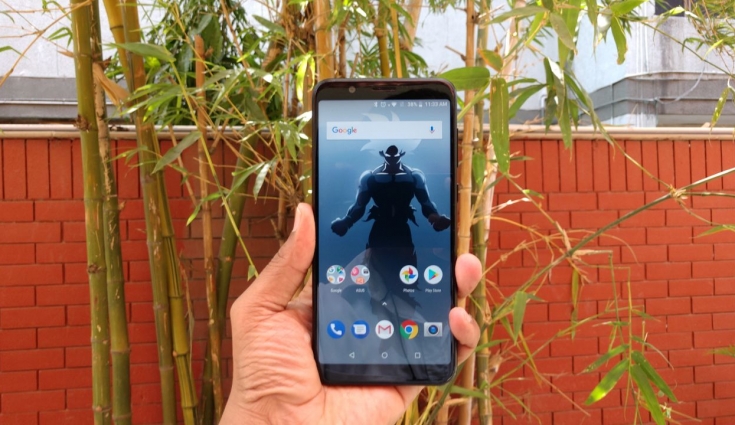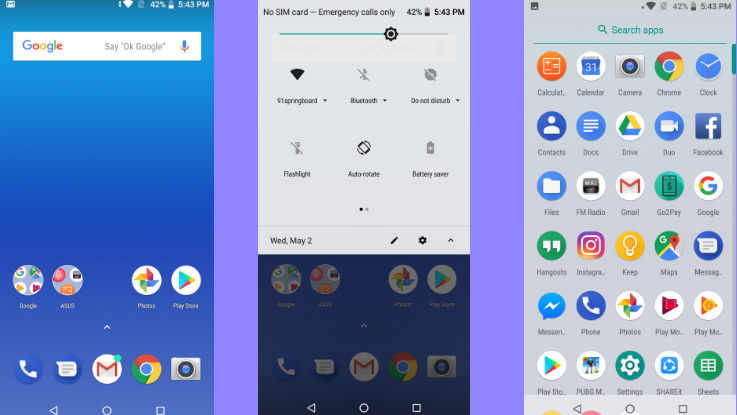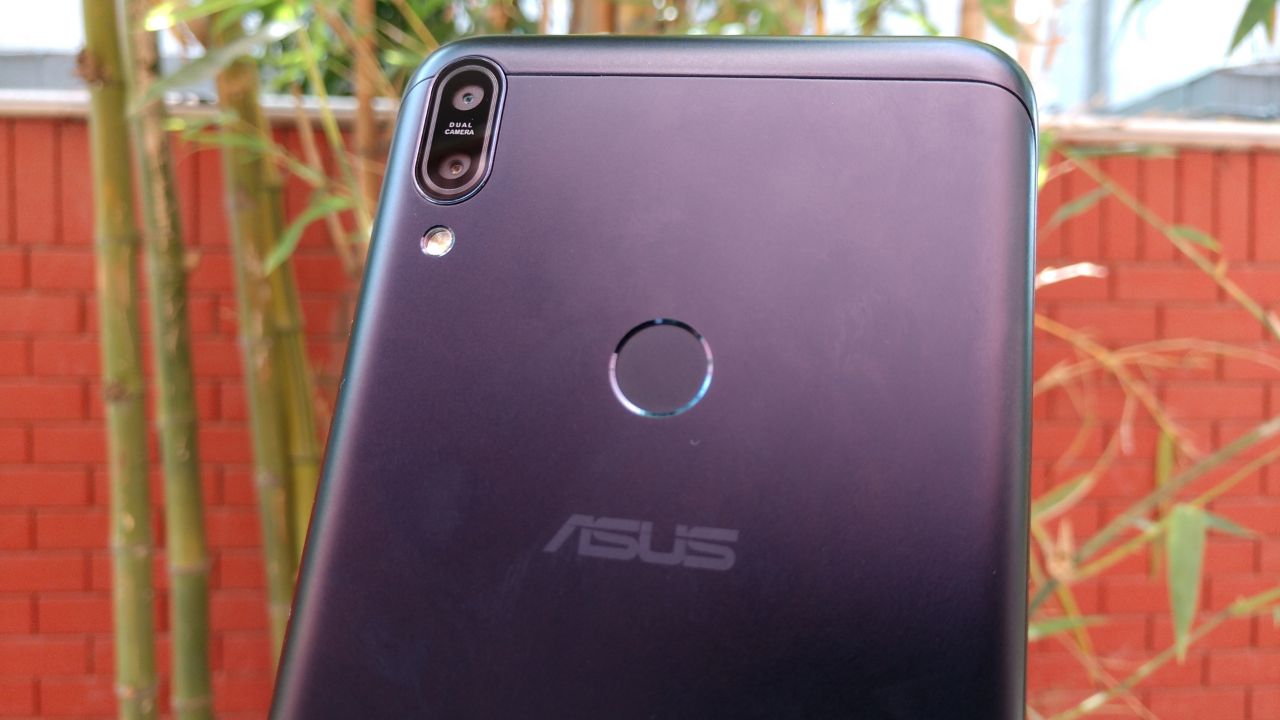
Samsung just announced the sale of the Galaxy J8 today for a price of Rs 18,990, a device that was unveiled last month in India. The South Korean company’s move comes as a means to strengthen its portfolio in the budget segment having fallen short of competitors like Xiaomi, Oppo, Vivo and most recently Asus.
Also Read: Few Simple Things you should know before buying an Android tablet
Though, Samsung has worked on improving its entry-level smartphones, it remains to be seen how the latest Galaxy J8 holds up in the sub-Rs 20,000 market and how it matches up to the likes of the Redmi Note 5 Pro and Zenfone Max Pro M1, both of which come at prices lesser than what Samsung demands for its Galaxy J8. So is the Galaxy J8 really worth the extra price or is Samsung still stuck to its older principles of selling its phones through its now-scarred brand name? Let’s find out through this side-by-side comparison.
Design:
The Galaxy J8 has been made in efforts to push Samsung’s Infinity Display to its budget specific range and while that makes way for an elongated device with a big screen space, the J8 is an absolute disaster design-wise. The absence of metal is quite noticeable as the whole back of the phone is made using a lower-gradient polycarbonate body, which is a let down considering this is the cheapest device in the lineup.

Xiaomi’s Redmi Note 5 Pro is quite different in terms of its design to its predecessor. The device was the first among the company’s devices to employ a taller display which looks more refined than any Xiaomi phone in the past few years. The metallic sheet at the back is smooth and curves along the edges of the phone followed by a Corning Gorilla Glass on the front for the display. The only eye-sore could be the fact that three out of the four colour options available, comes with the white coloured front panel, which defeats the purpose of a bezel-less display as one can clearly see the size bezels even if the phone is off and looks odd for the most part. Also to note is the camera bump at the back, which will leave the camera glass exposed to scratches, not to forget the awkward inclination at which the phone will rest when placed on a flat surface.
Asus has made sure it does everything the Xiaomi device does in its Zenfone Max Pro and probably more. The phone feels a lot like you’re holding a Redmi Note 5 Pro, all the way from the taller form factor and the metallic footprint to the fingerprint scanner that’s placed exactly at the same place at the back. The only we noticed is that there is no camera bump on the back of the Zenfone Max Pro, which will surely win Asus some credits. Even on the front, the Zenfone device's black colour looks better as compared to the white visible ones on the Note 5 Pro. The presence of black does give it a premium look than its mid-range counterpart.
Yes! Winner: Asus Zenfone Max Pro M1
Display:
In terms of display, Samsung makes matters even worse with a 6-inch HD+ Super AMOLED screen with a resolution of 1480 x 720 pixels, of course, cram in the least amount of pixels on a larger display, why not? While the J8 tried to live up to the trend of elongated displays, it failed to offer at least a Full HD+ screen, keeping in mind it’s priced higher than others in the segment.
Coming to the display of the Redmi Note 5 Pro, there is a similar 5.99-inch IPS LCD screen on the front with a resolution of 1080 x 2160 pixels and 18:9 aspect ratio. Also to note is that the display on the Note 5 Pro has a significant chin on the bottom and top and thus has a screen-to-body ratio of 77.4 percent. But for it matters, the Xiaomi device beats the J8 without major efforts.

Though listed as the cheapest among the three phones, Asus has still managed to implement a Full HD+ 6-inch display with a resolution of 2160 x 1080 pixels. Ideally the 85 percent NTSC colour gamut and 1500:1 contrast ratio translates to a vivid display and the Zenfone M1 surely doesn’t disappoint in offering saturated colours and sharp blacks. With 450nits of brightness, the device is also quite bright if not for its reflective glass on the front which hinders outdoor use. With minimum bezels and a denser screen, the Zenfone manages to output 83 percent screen-to-body ratio with a pixel density of 402 ppi.
Sure Winner: Asus Zenfone Max Pro M1
Hardware:
When Xiaomi introduced the Redmi Note 5 Pro, the device was the first to be powered by Qualcomm’s latest Snapdragon 636 processor which is powerful as well as power efficient due to the inclusion of a semi-custom Kyro 260 CPU. At its launch, the device was available for a configuration of up to 4GB RAM and 64GB onboard storage with an Adreno 509 as its graphics unit.

Asus’ Zenfone M1 is powered by the Snapdragon 636 chipset which also powers the Redmi Note 5 Pro. The variant in question comes with 4GB of RAM and 64GB of internal storage and as tested in our in-depth review, the Max Pro works like a charm. Day-to-day functions are managed smoothly and the device also does an immersive job in the gaming department. Moreover, the SND 636 SoC consumes lesser power than any chipset in the mid-range catalogue and even so offered no compromises in performance whatsoever.
As for Samsung, things don’t quite look good on the hardware side of things either. The Galaxy J8 runs on the entry-level octa-core Qualcomm Snapdragon 450 processor, which is a whole series below the Snapdragon 636 chip on the Asus and Xiaomi phones. While being backed up by 4GB of RAM and 64GB of internal storage helps to some extent, the device doesn’t do justice to the price for which it’s offered to the budget-centric crowd.
Winners Are: Xiaomi Redmi Note 5 Pro & Asus Zenfone Max Pro M1, both being exactly the same on the inside!
Software:
Asus has come a long way from earning terrible criticisms over its ZenUI to being praised for ordering a near-to-stock Android experience on the Zenfone Max Pro M1. Not only does the M1 come with the latest build of Android 8.1 Oreo, the interface offers minimal bloatware and no heavy customisations. That in addition to a snappy Snapdragon 636 provides a smoother user interface that is easy to navigate.

While Samsung went ahead and pushed the Galaxy J8 with Android 8.0 Oreo, it’s to be noted that the device runs on the Experience 9.0 UI on top, which is a heavily skinned interface that has been much criticised about. While experiences vary from phone to phone, it remains to be seen whether Samsung has learned a thing or two about what users want in terms of firmware.
The Redmi Note 5 Pro runs the not-so-latest Android 7.1.2 Nougat which is already two years old. If that wasn’t an eyesore, the device runs on a heavily skinned custom interface which is the MIUI 9 that might not give the same user-friendly experience like that on a phone running stock Android. However, Xiaomi has promised users an update to the latest Android 8.1 Oreo coupled with MIUI 9.5 which is set to be rolled out on June 29. That’s good news.
The Winner: Asus Zenfone Max Pro M1
Camera:
The surprise factor after all its disappointments was the dual camera setup on the Samsung Galaxy J8 which is a combination of the 16-megapixel sensor with f/1.7 aperture and 5-megapixel secondary lens with a f/1.9 aperture for capturing the depth of field pictures. There’s also a 16-megapixel sensor on the front for selfies but all of that are just numbers. It’ll take some time till we’d be able to explain how good (or terrible) the J8 handles colour reproduction, low light photography and image stabilisation but from what the sensors tell you, Samsung needs a lot of catching up to do.

Asus’ formula for the camera modules on the Zenfone M1 is a combination of dual 13 MP (f/2.2, 1.12µm) + 5 MP (f/2.4, 1.12µm) lenses which offers phase detection autofocus, a 5 element lens, and a wide-angle 80-degree lens. The pictures captured on the device came out with definitive natural colours and details in good lighting. The bokeh effect works on most days but you can expect a drop in quality once a while or under low light conditions. There’s also an 85.5-degree wide angle 8-megapixel front snapper with an aperture of /2.2 aperture.
The dual camera setup on the Redmi Note 5 Pro is a 12-megapixel (f/2.2, 1.25µm) + 5-megapixel (f/2.0, 1.12µm) that comes with phase detection autofocus and an LED flash, all vertically aligned. On the front, there's a powerful 20-megapixel snapper with a flash as well which can also record videos at 1080p. The images are well lit, crisp and yet beautifully smooth. Xiaomi has done really well in terms of the post-image processing on the device and even the quality of images in low-lit conditions was commendable. Portrait mode works well and the edge detection has been impressive, no matter what the subject is.
Well! Winner Again: Redmi Note 5 Pro, if you like selfies too much.
Battery:
The Samsung Galaxy J8 features a 3,500mAh battery, which could ideally last a day of backup. For Rs 4,000 lesser, you’ll get a larger 4,000mAh battery on the Redmi Note 5 Pro and paying another Rs 2,000 less will get you a massive 5,000mAh battery. No, we’re not joking. Apparently, the manufacturers consider more battery to be a curse or do they?
Still The Winner: Asus Zenfone Max Pro M1
Verdict:
While it’s been a while since Xiaomi rolled out the Redmi Note 5 Pro in the market, the device is still in demand as it packs in quite a powerful set of specifications along with a good pair of sensors on the imaging front. The 4GB RAM variant of the device now sells for Rs 14,999 and even with the influx of Asus hasn’t lost its market and we don’t hope to see that happening anytime in the near future.
Having launched a couple of months after Xiaomi made a mark with its Note 5 Pro, Asus has turned everything wrong that Xiaomi did into right with its Zenfone Max Pro M1. The hardware is exactly the same on papers, there’s a bigger 5,000mAh battery, the design factor is better due to the absence of an oddly looking camera bump and the display is clearly more minimalistic on bezels. All of that for Rs 2,000 lesser than what you might be paying for the Xiaomi device, makes Asus a leading contender in the budget smartphone market as of now.
As for Samsung, the Galaxy J8 was one way to redefine the upcoming budget lineup for the South Korean company and while the smartphone does come with dual cameras and decent specifications, it stands nowhere close to the Zenfone Max Pro M1 or Note 5 Pro. Be it the design, display, hardware, battery or even the firmware, it seems illogical to go buy the Galaxy J8 for Rs 18,990 as it loses in every single criterion there is to compare a smartphone with the other.

Post a Comment